Farmers in Thanh An commune use remote-controlled aircraft to spray pesticides on rice fields.
Responding to weather risks
Mr. Nguyen Quoc Manh, Deputy Director of the Department of Crop Production and Plant Protection - Ministry of Agriculture and Environment , said: "The 2025-2026 winter-spring rice crop in the Mekong Delta will start sowing in October 2025, so we should focus on preventing the effects of drought and saltwater intrusion in coastal provinces. Pay attention to regulating the sowing season to suit each ecological region."
The National Center for Hydro-Meteorological Forecasting predicts that saline intrusion in the 2025-2026 dry season will be approximately the average of many years, but lower than the 2024-2025 dry season. According to the Department of Crop Production and Plant Protection, water resources in the 2025-2026 dry season are likely to be more favorable than the 2024-2025 dry season.
However, localities in the Mekong Delta should be on guard against unusual fluctuations due to the impact of upstream hydropower reservoir operations, so they should proactively plan production, arrange crops, operate the system of works reasonably, and prepare response solutions right from the beginning of the dry season, especially water storage. Strengthen salinity monitoring, update forecast bulletins regularly to adjust production plans accordingly. Localities also need to be on guard against drought and water shortages due to lack of rainfall and low water sources from upstream that can cause early salinity intrusion...
It is estimated that the winter-spring rice area of 2025-2026 is likely to be affected by drought and saltwater intrusion in coastal areas, with about 894,000 hectares, accounting for about 60% of the total rice growing area in the region, with an estimated output of 6.464 million tons (accounting for 60% of the total output in the region). In addition to the areas that are likely to be directly affected as mentioned above, saltwater intrusion and drought are likely to affect areas 30-70km from the sea. This is a freshwater alluvial area with enough fresh water to produce winter- spring rice.
However, if the saltwater intrusion occurs early, deeply and for a long time with high salinity concentration, some areas along the Tien and Hau rivers in Can Tho city, Vinh Long (old Ben Tre), Dong Thap (old Tien Giang ) may suffer from local drought and salinity for rice fields and fruit gardens. The areas not affected by saltwater intrusion (upper areas), Dong Thap Muoi and part of the Long Xuyen Quadrangle are areas that do not lack fresh water, but the crop rotation is arranged to share water with dry coastal areas...
Ensuring production safety
The Department of Crop Production and Plant Protection recommends the 2025-2026 winter-spring rice planting season for the entire region from October 10 to 30, 2025 for areas at risk of drought at the end of the season (coastal areas of Tay Ninh, Vinh Long, Dong Thap provinces, Can Tho City, Ca Mau and An Giang), with about 387,400 hectares, accounting for about 26% of the winter-spring crop area. This is an area at risk of water shortage at the end of the season, so early planting is needed to avoid salinity.
The first planting period is from November 1 to 30, the main season for all three regions: the upper, middle and coastal areas, with about 685,400 hectares, accounting for about 46% of the plan. The second planting period is from December 1 to 31, the main season for all three regions: the upper, middle and coastal areas, with about 387,400 hectares, accounting for about 26% of the plan. Some regions plant late winter-spring rice, but must finish planting before January 10, 2026.
Mr. Nguyen Quoc Manh said: "Arranging rice production season closely follows the operation of irrigation systems. At the same time, based on the map of rice areas at risk of drought and saltwater intrusion that was previously built as a basis for arranging reasonable production seasons. Arranging the season as above and proactively planting early and flexibly for areas affected by annual saltwater intrusion in coastal provinces will ensure enough water for rice production and will minimize damage caused by drought and saltwater intrusion. In addition, it also prevents local drought in some areas in the freshwater alluvial region...".
The Department of Crop Production and Plant Protection also recommends that in the 2025-2026 winter-spring crop, the agricultural sector in the Mekong Delta needs to promote the use of certified rice varieties, selecting varieties that have been recognized for circulation, suitable for production conditions in ecological sub-regions. In areas 20-30km from the sea, priority should be given to using salt-tolerant and short-term rice varieties with a growing period of less than 90 days; in areas 30-70km from the sea, priority should be given to using high-quality rice varieties with a growing period of 90-105 days; in the upper regions, priority should be given to using aromatic, high-yielding, high-quality, round-grain, glutinous rice varieties with a growing period of 90-105 days.
The structure of the main rice varieties, key varieties with wide adaptability, stable area, good domestic consumption and export ability, such as OM18, OM5451, OM4900, OM6976, Jasmine 85, Dai Thom 8, OM7347, Nang Hoa 9... accounts for 60%. The group of specialty sticky and aromatic rice varieties is increasing in the general variety structure such as ST24, ST25, RVT, Nang Hoa 9, IR4625 sticky rice, DS1, An Giang sticky rice... accounts for 30%. The group of additional varieties suitable for some specific production areas, varieties used for processing, suitable for farming practices, with narrow markets such as OM380, Cuu Long 555, OM2517, ML202... accounts for 10%. Varieties that can tolerate salinity at a moderate to good level (from 2-3‰) are commonly used such as OM6976, OM5451, OM9921, ST5... Rice varieties that can tolerate salinity at a better level (3-4‰) such as BL9, OM2517, OM9577, OM9955... but cannot exceed the threshold of 4‰. Localities need to disseminate and support farmers to choose production varieties suitable for the climate, soil, and salinity intrusion conditions in the area.
Mr. Nguyen Quoc Manh emphasized: "Localities in the Mekong Delta closely monitor the hydrometeorological situation and water resource developments; proactively develop and implement plans to prevent drought, saltwater intrusion, and respond to water shortages in the dry season and the 2025-2026 winter-spring crop production period. Strengthen state management of agricultural inputs, especially plant varieties, fertilizers, and pesticides, to ensure quality and effective winter-spring crop production. Promote the development and dissemination of agricultural weather bulletins widely throughout the region, helping people proactively produce and promptly adapt to climate change. Dredge canals, ditches, and banks, reinforce dams, conduct inspections, repairs, and renovations of irrigation works. Organize strict management of water resources, operate works reasonably, and regulate water in each stage in accordance with crop requirements. Develop, supplement, and update plans for drought prevention and seed reserve. for production in case of natural disasters...".
Article and photos: HA VAN
Source: https://baocantho.com.vn/dam-bao-an-toan-san-xuat-lua-dong-xuan-2025-2026-a191568.html


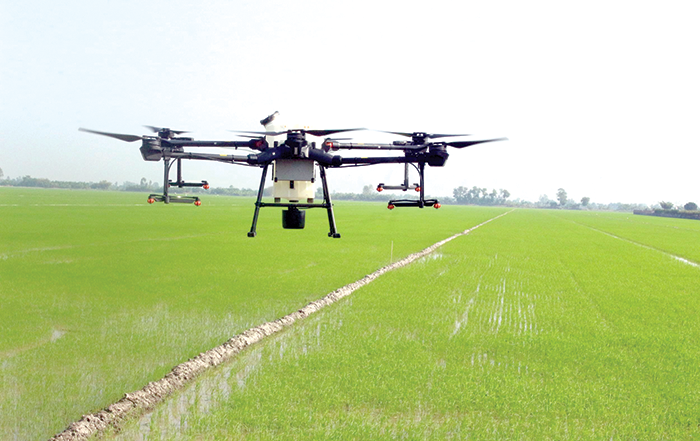
![[Photo] Hanoi morning of October 1: Prolonged flooding, people wade to work](https://vphoto.vietnam.vn/thumb/1200x675/vietnam/resource/IMAGE/2025/10/1/189be28938e3493fa26b2938efa2059e)





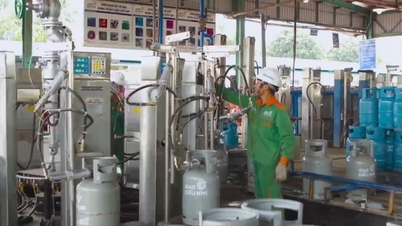

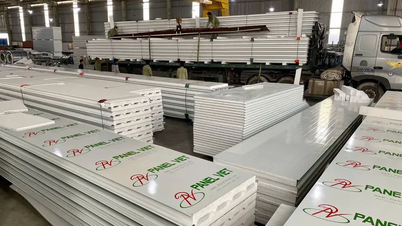
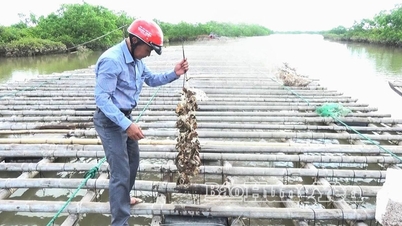





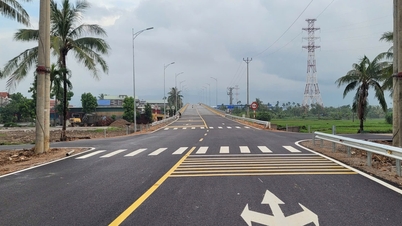







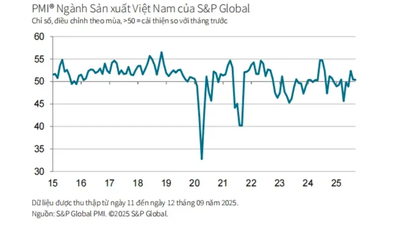
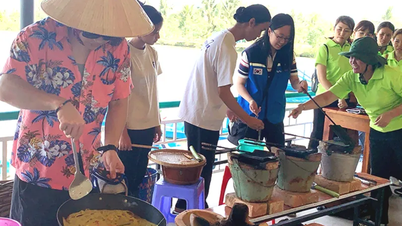
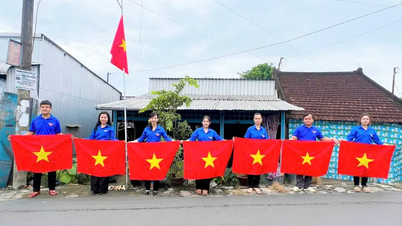

![[Photo] Panorama of the cable-stayed bridge, the final bottleneck of the Ben Luc-Long Thanh expressway](https://vphoto.vietnam.vn/thumb/1200x675/vietnam/resource/IMAGE/2025/9/30/391fdf21025541d6b2f092e49a17243f)










































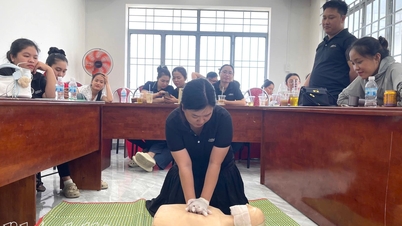

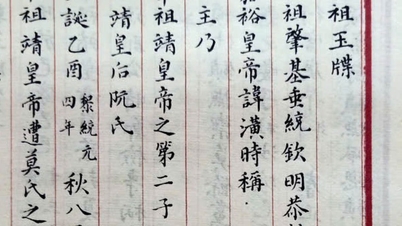

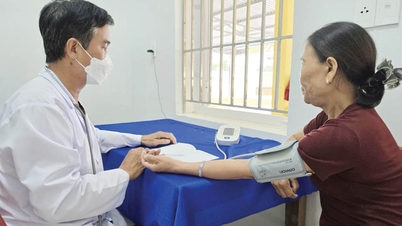














Comment (0)